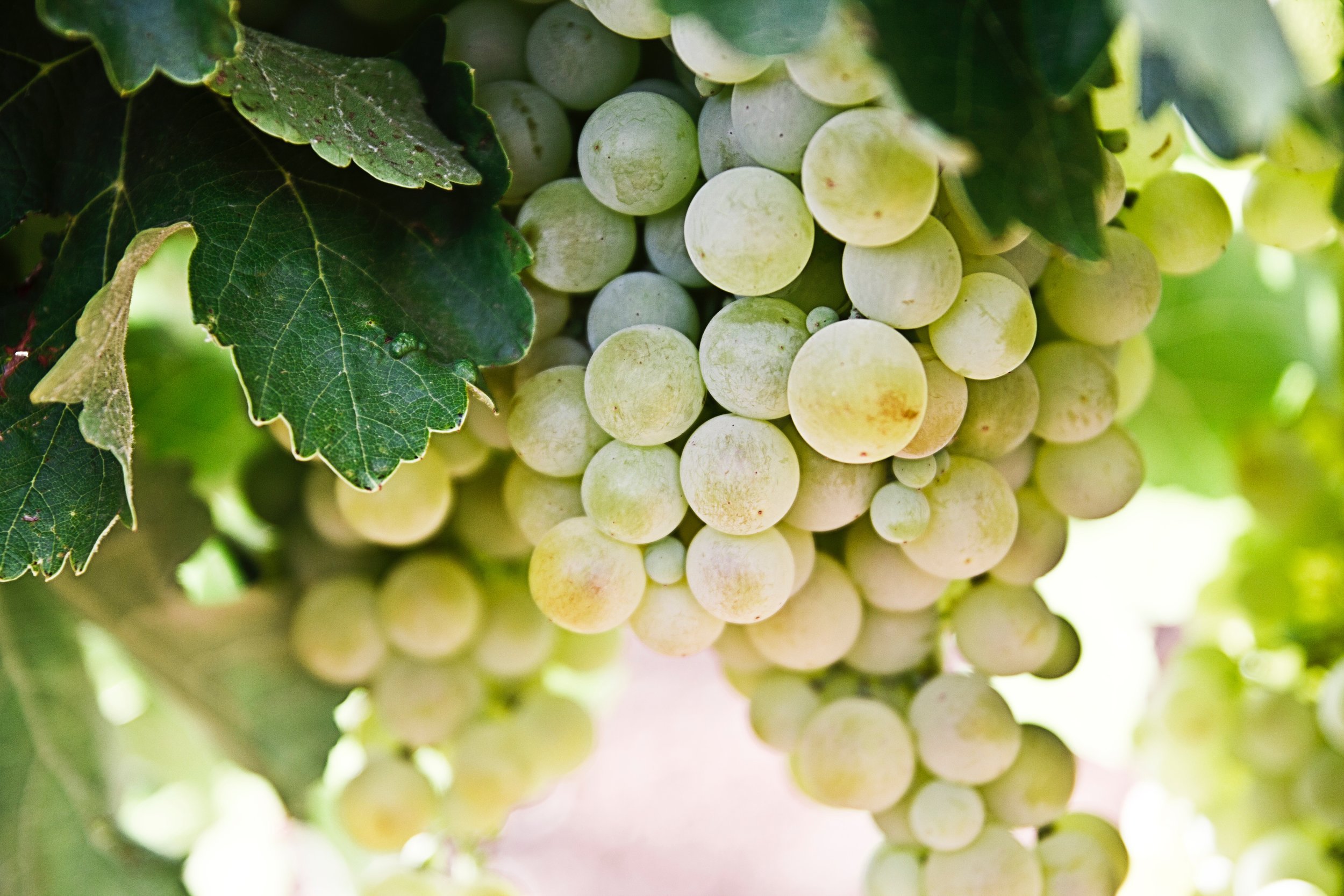Stainless Steel
Oak barrels are not the only holding tanks youll find onsite at a wine cellar. Some wines are not meant to absorb the woody elements extracted from the barrel and thus the winemakers choice as an alternative is stainless steel. This durable metal is used by the wine industry largely because it is neutral: it neither adds nor takes away aromatic nor flavor components from the juice as it becomes wine.
Stainless steel was developed in England by a metallurgist named Harry Brearley at the beginning of the 20th century to serve the military as a rust resistant element in the making of munitions. Once perfected, it was adopted by a wide range of industries. It is believed that the first tanks were installed in a brewery in 1928. Stainless steel was then introduced to the wine industry in the 1950s for fermenting, aging and storage purposes.
Beyond its neutrality, stainless is very low maintenance: it is non-toxic, rust-resistant, and zinc and lead-free. It is easy to keep clean especially [vis a vis oak barrels] and gives wine makers control over the fermentation process by limiting wine losses and reducing the wine's access to oxygen as happens when wine is stored in porous oak barrels.. The tanks can also have jackets through which substances like glycol often flow to aid in temperature control during the fermentation process [which is especially important in the production of whites which must be kept cool to preserve their delicate fruit aromas and flavor profiles.] And as mentioned above, stainless will not impart any elements which affect on the taste or aromas of the wine.
Stainless is also very durable. It is actually self-healing. The composition of the metal includes chromium, and when it is exposed to oxygen, a passive film forms on top of the finished product. If the tank is ever scratched, the oxide film regenerates and essentially seals the blemish, preventing corrosion.
Most tanks are custom made to winery specifications. Cellar ceiling heights, winemakers skill [one 2000 gallon tank of flawed wine can ruin a business, so many new wineries look for smaller tank], the available of capital [tanks are very expensive, from $3 to well over $5 per gallon of storage] and the quantity of each variety of fruit available from estate vineyards determine whether a small tank of 250 gallons, or a huge one of 25,000 gallons are appropriate to the vintners needs. Clean out ports [on the large tanks, big enough for the resident cellar rat to climb inside with a scrub brush and high pressure hose], valves to match pumps which move wine from tank to tank, a flat or vee shaped bottom, punch down plates, internal paddles for mixing and many other options are usually designed by winemakers to meet their very unique needs.
Although the initial investment in a stainless steel tank may be daunting, the long-term investment is well worth the initial expenditure. When properly maintained, these tanks will last almost indefinitely.
Stainless is also versatile: it can used for fermenting, aging, blending, bottling, short term holding [before certain wines are transferred to oak barrels] and long term storage.
Stainless is especially important in a region like ours which focuses, to a large degree, on cool climate whites. For example, a Pinot Grigio may start out in an oak barrel, but will likely may spend the majority of its time in stainless steel where factors like temperature is easily controlled and the fruit flavors and aromas remain true to the grape variety. Even chardonnay, which often can be oaked, would become undrinkable if it spent its entire life in oak barrels. For cool climate whites, our vintners generally look to create a finished product that shows lots of fresh fruity aromas and has a clean crisp finish and for those attributes, stainless steel tanks are critical.
For additional information: dwinchell@OhioWines.org
About the author:
Donniella Winchell, Executive Director of the Ohio Wine Producers Association...


